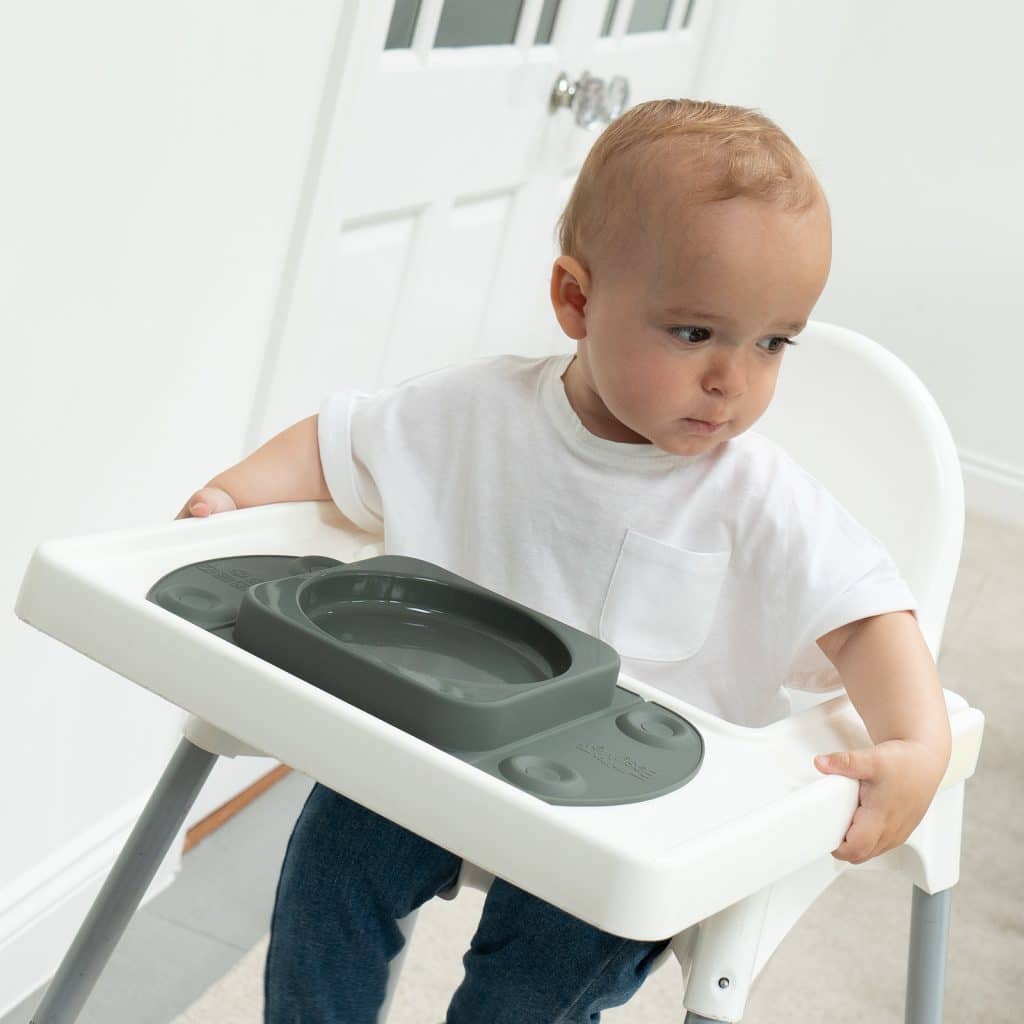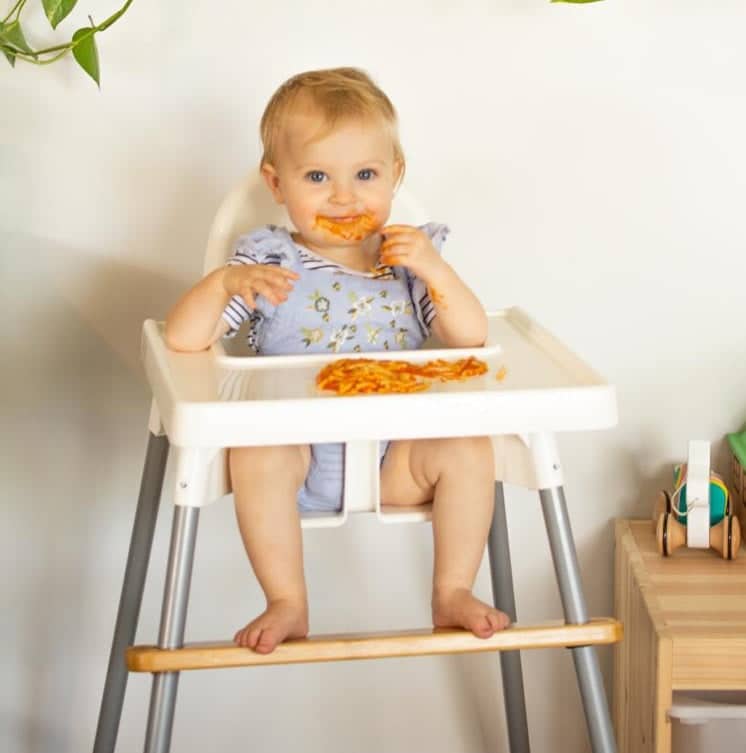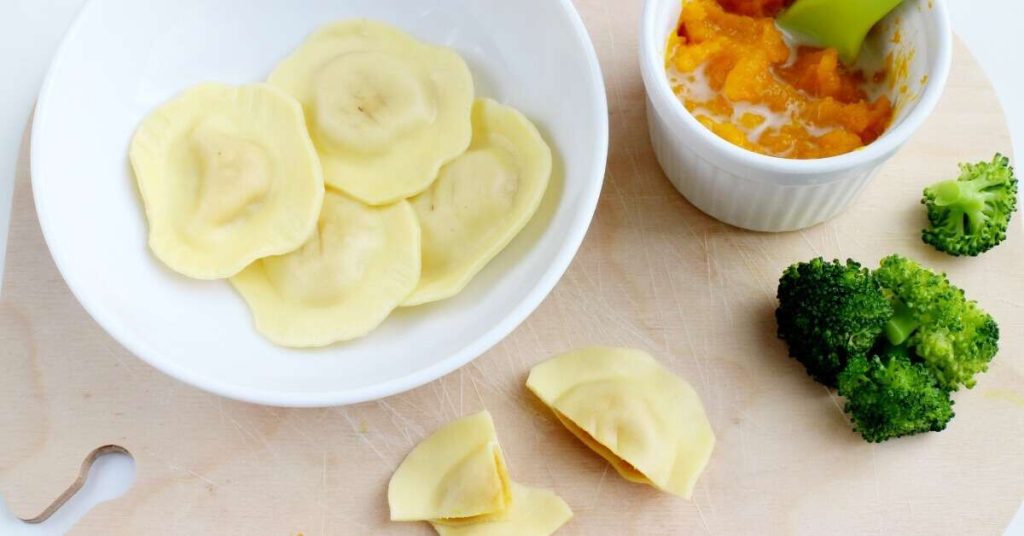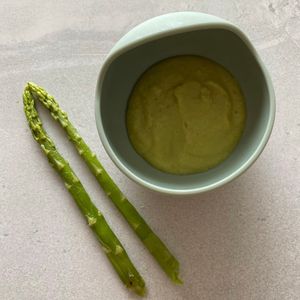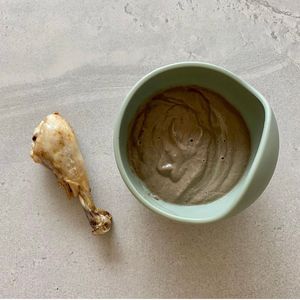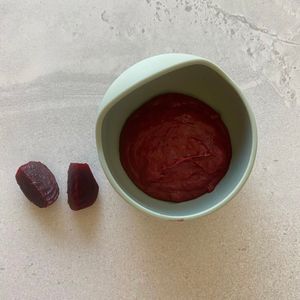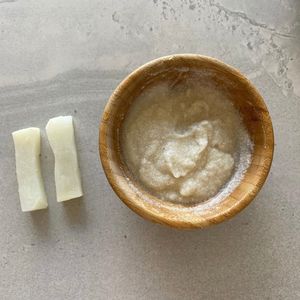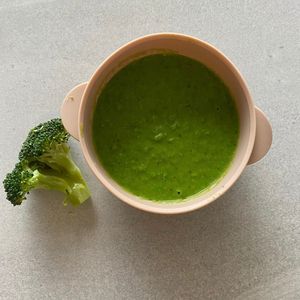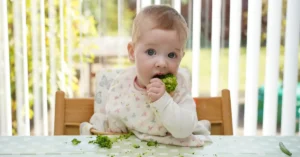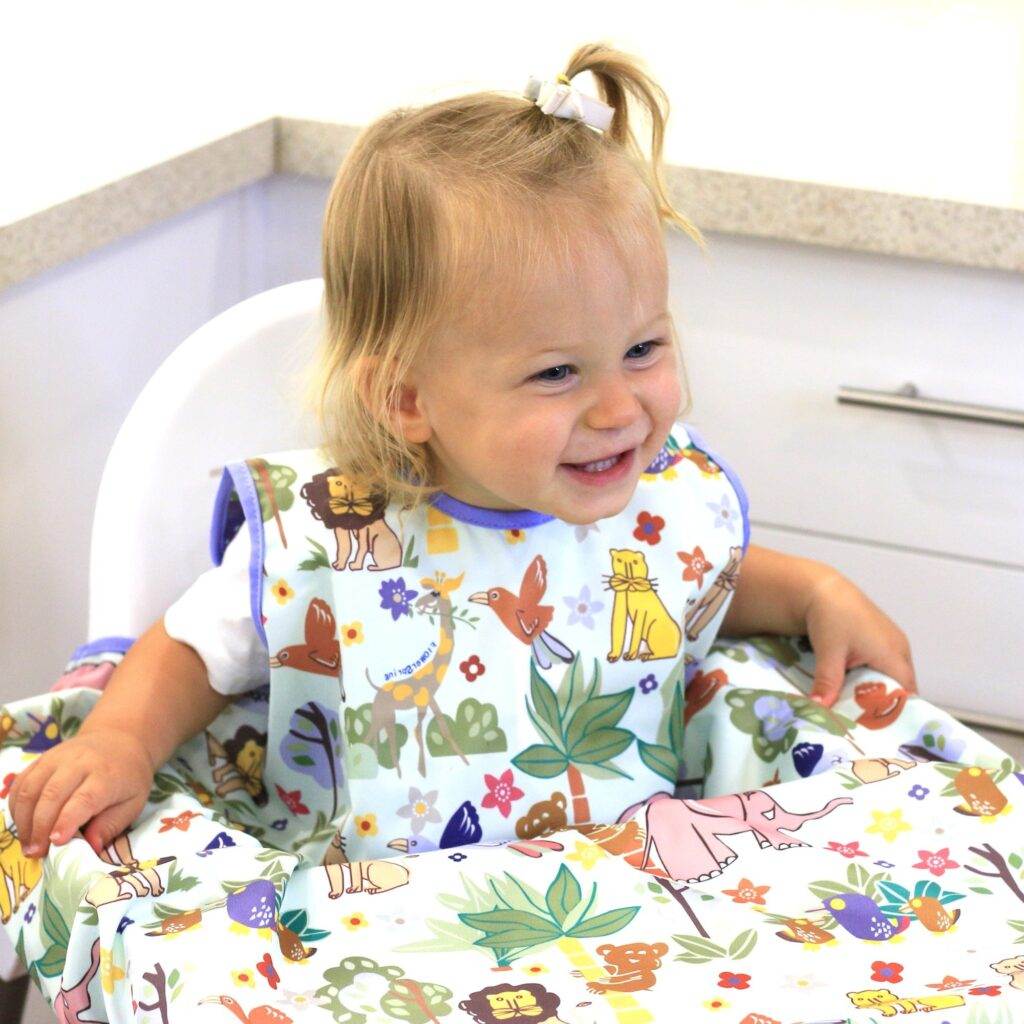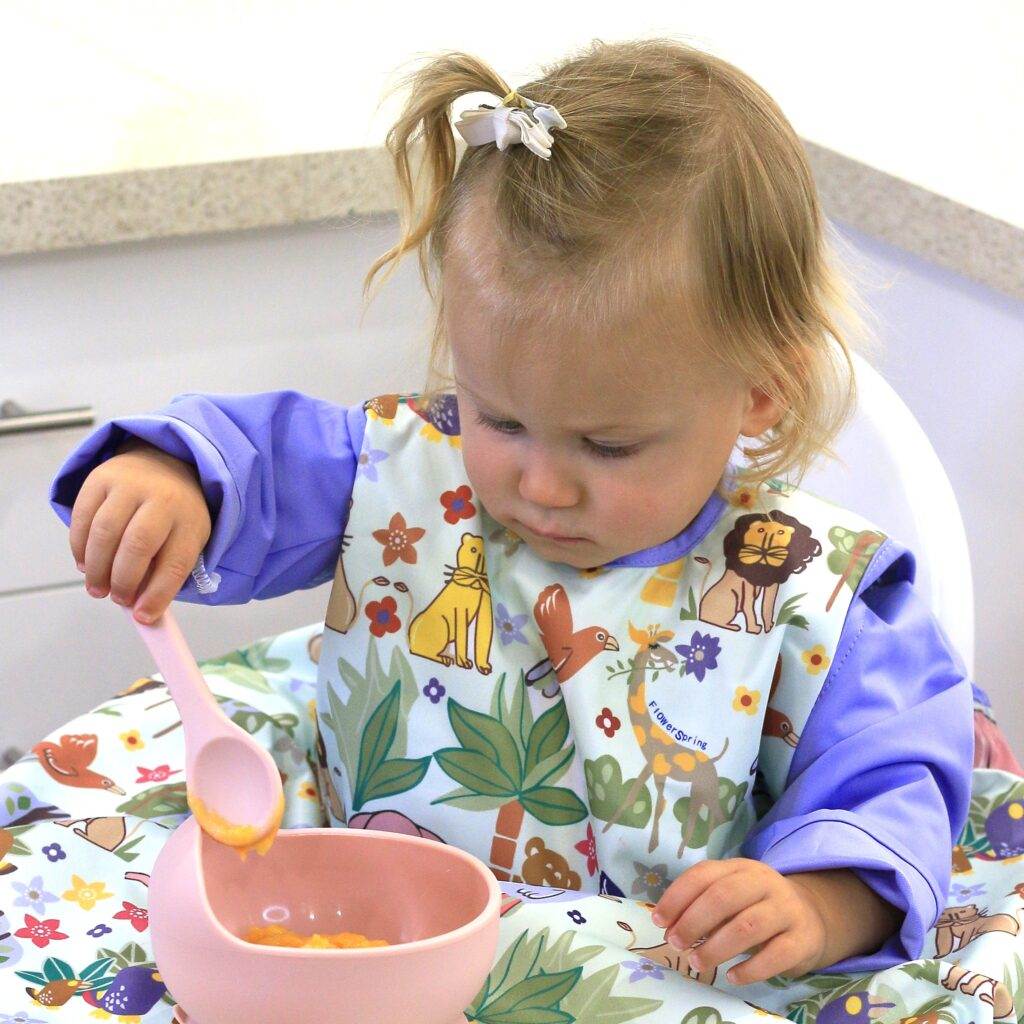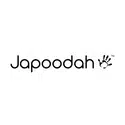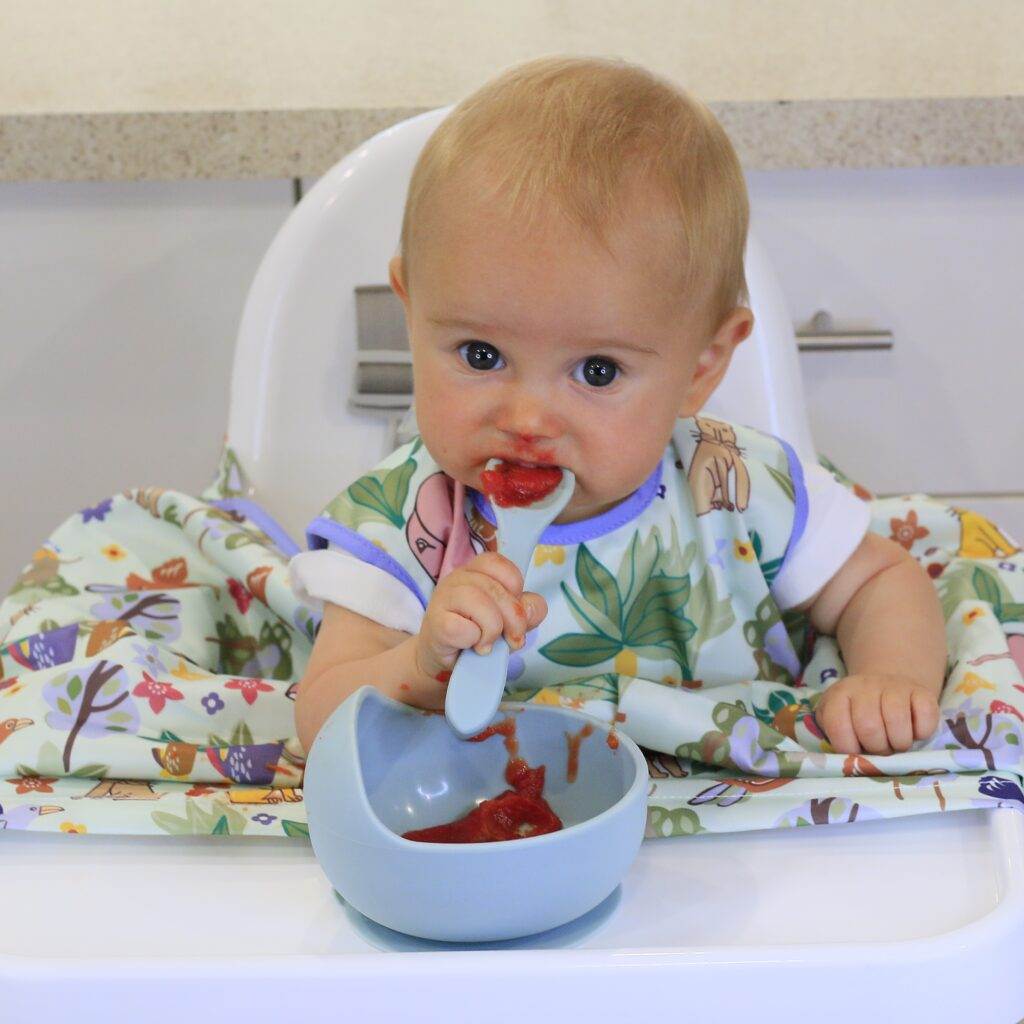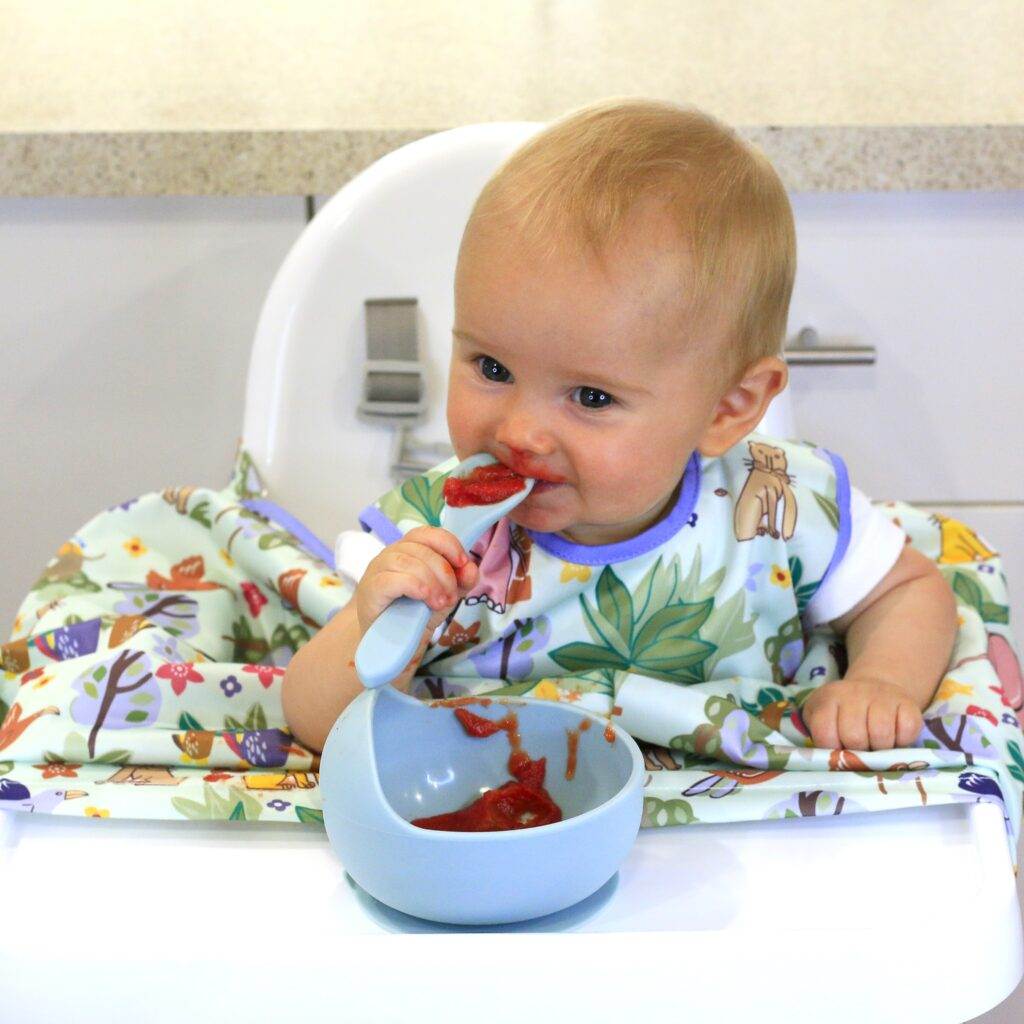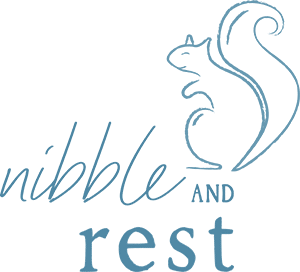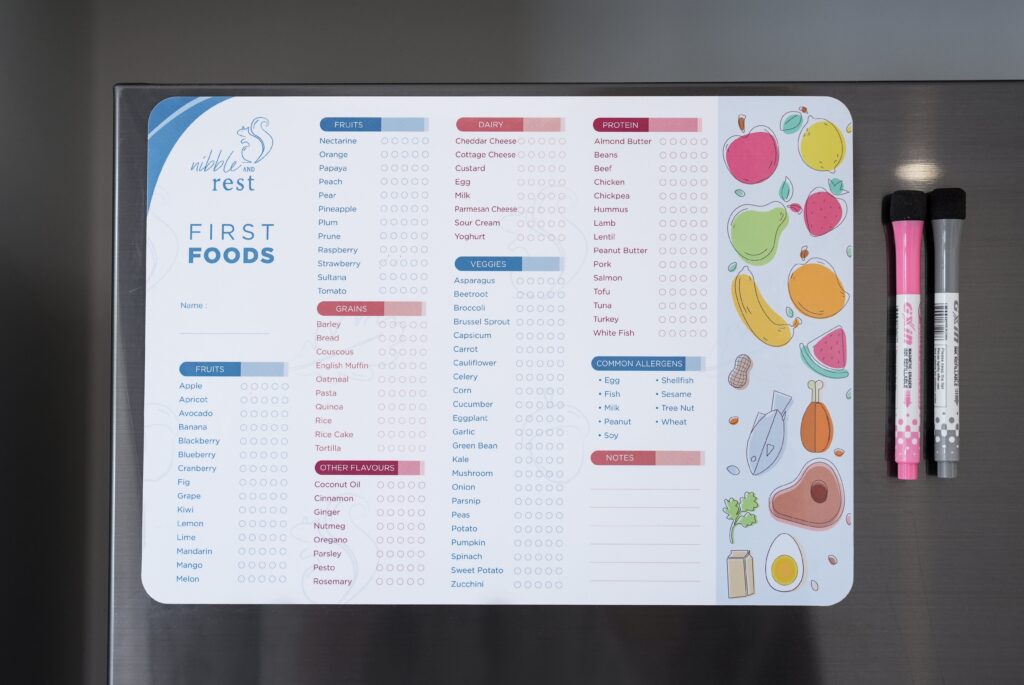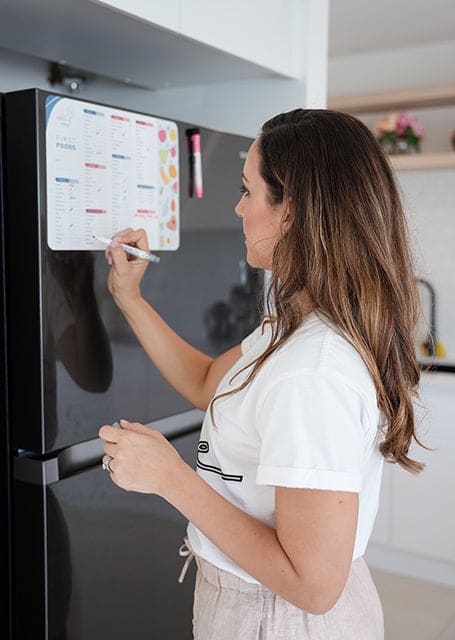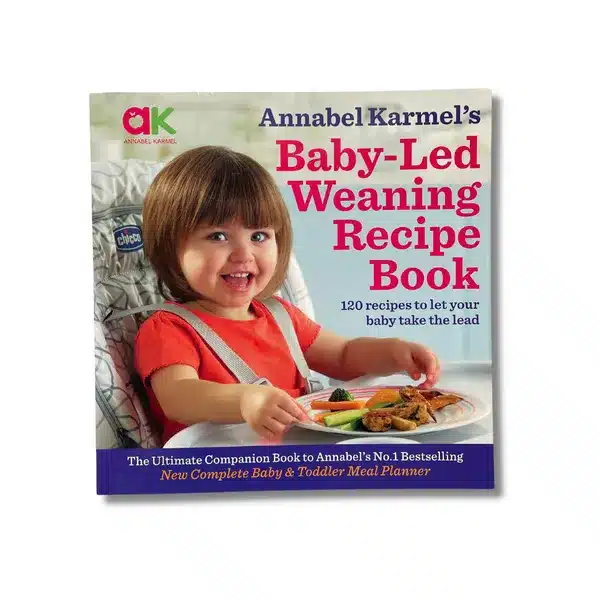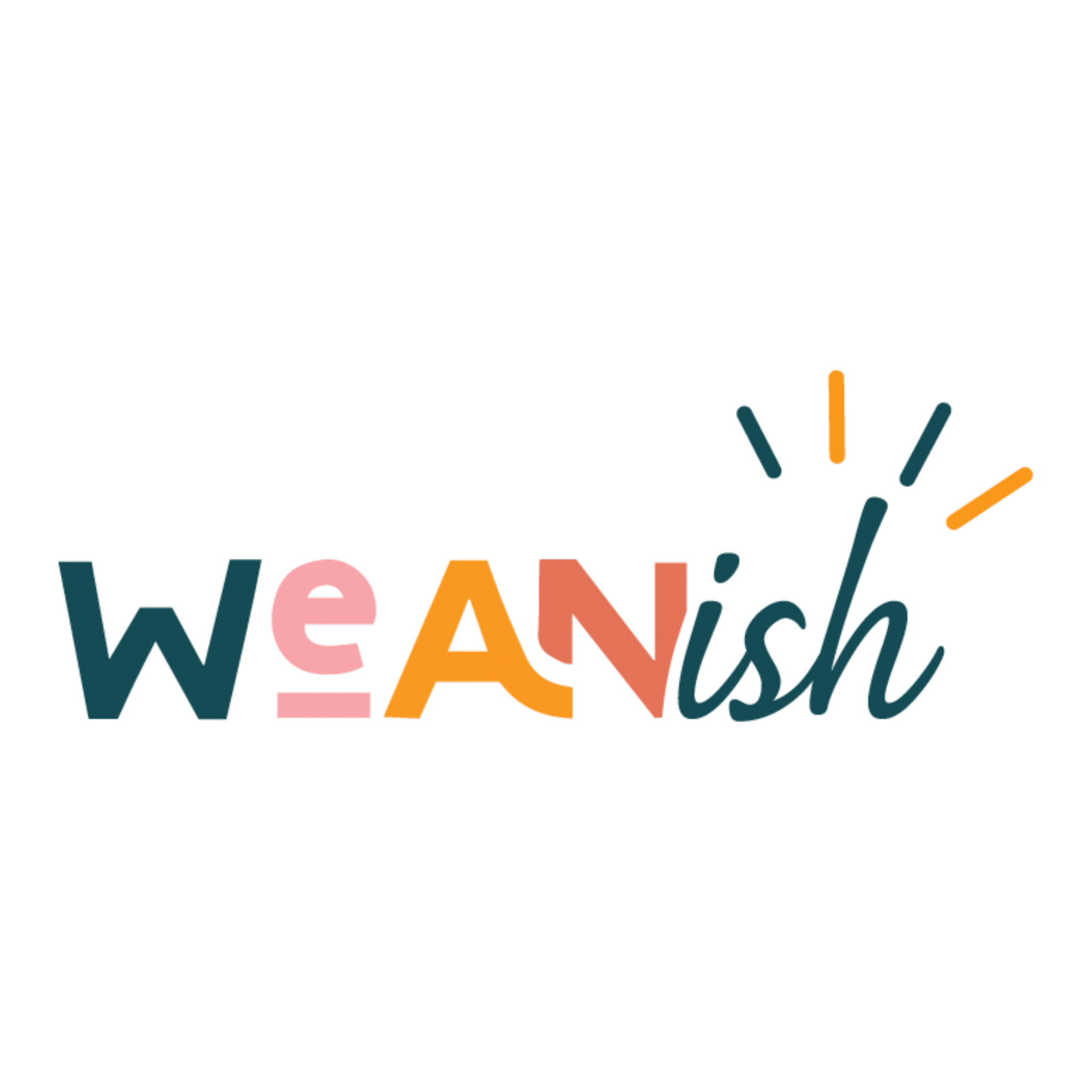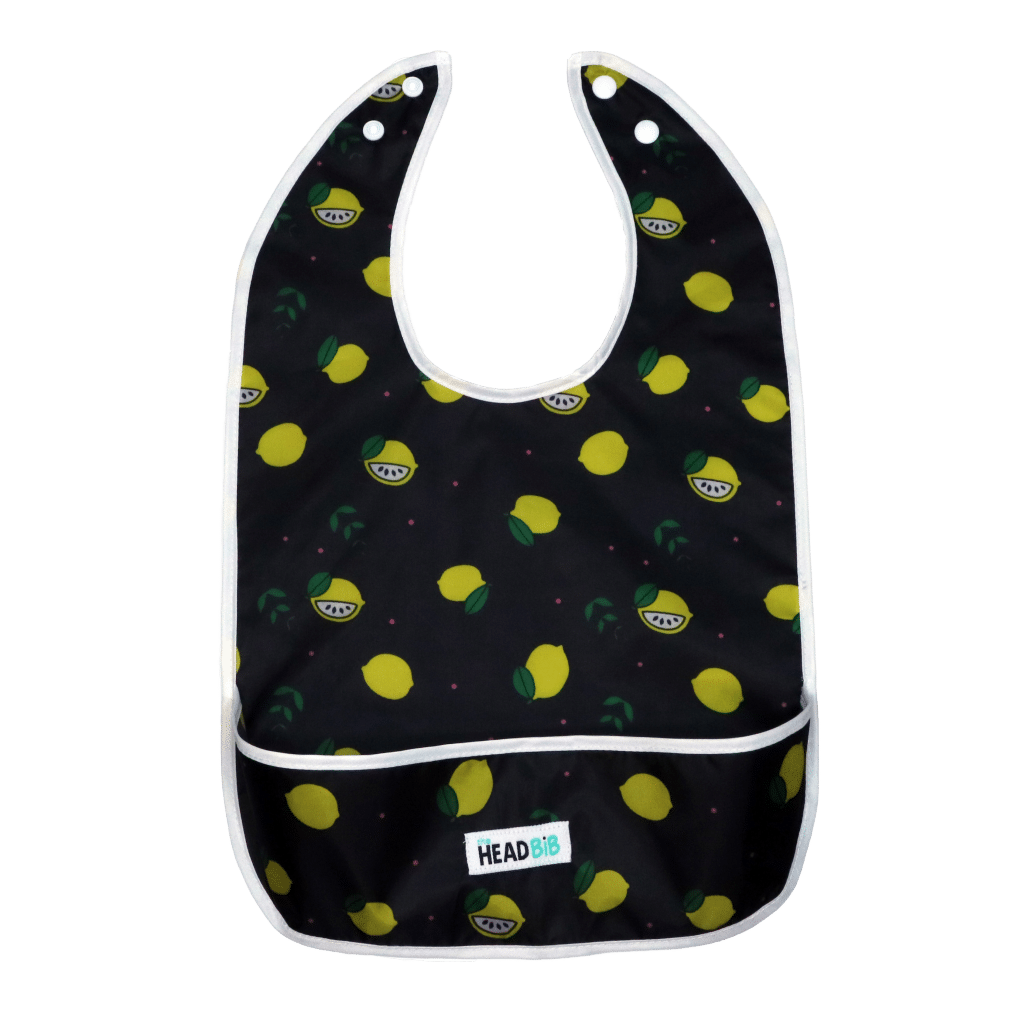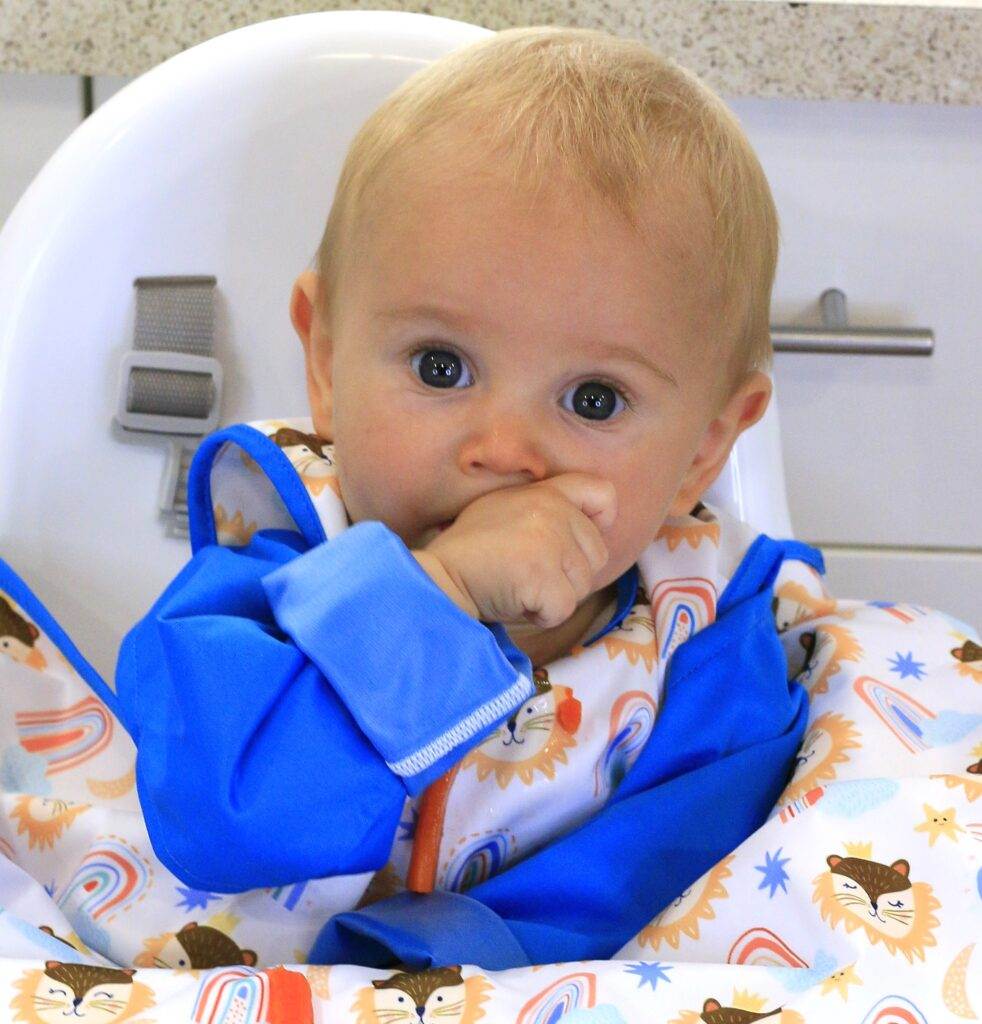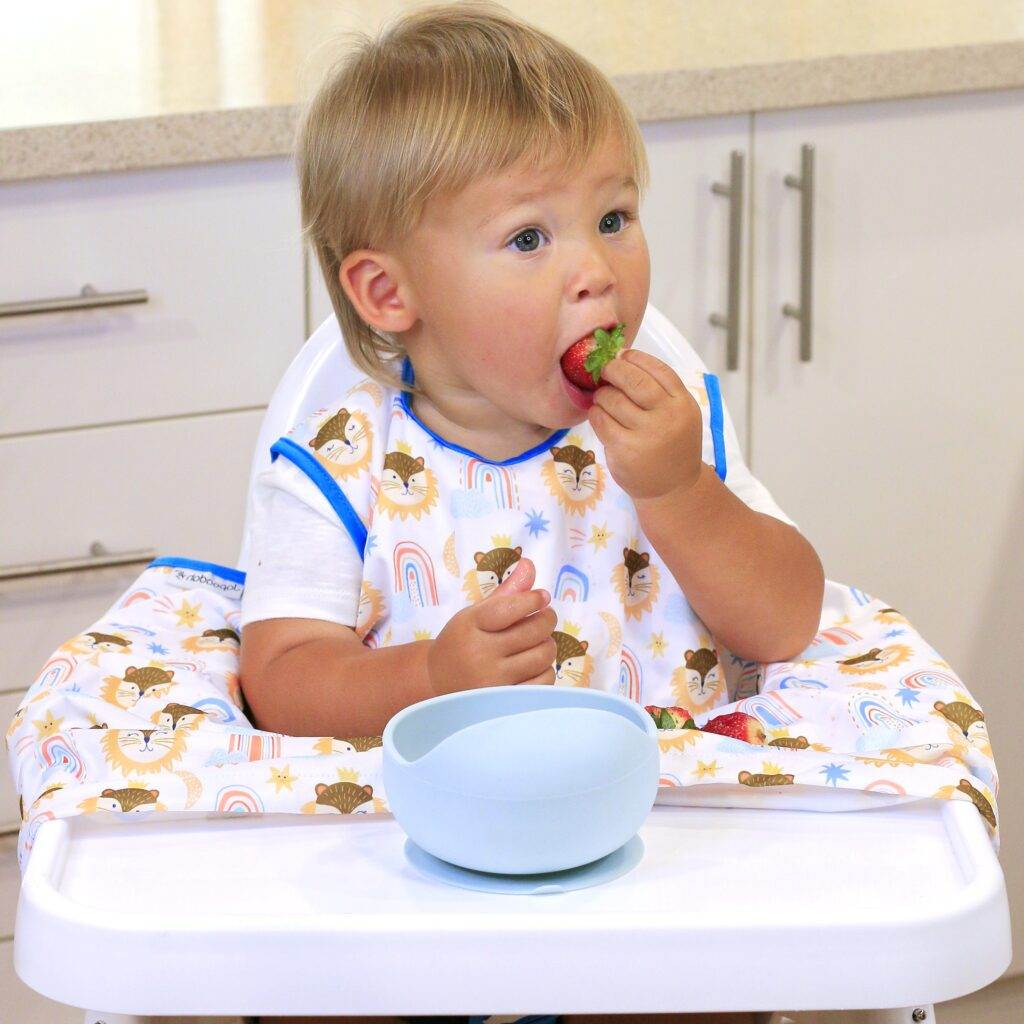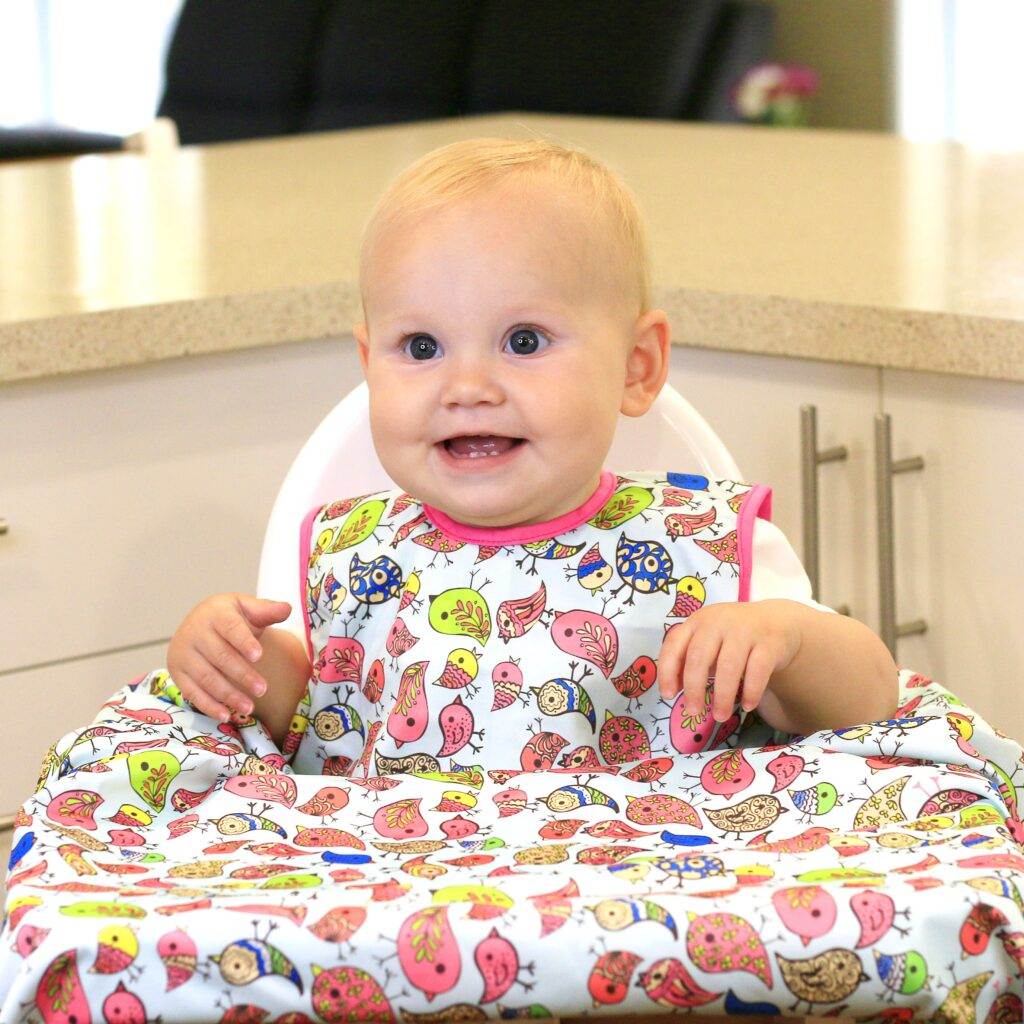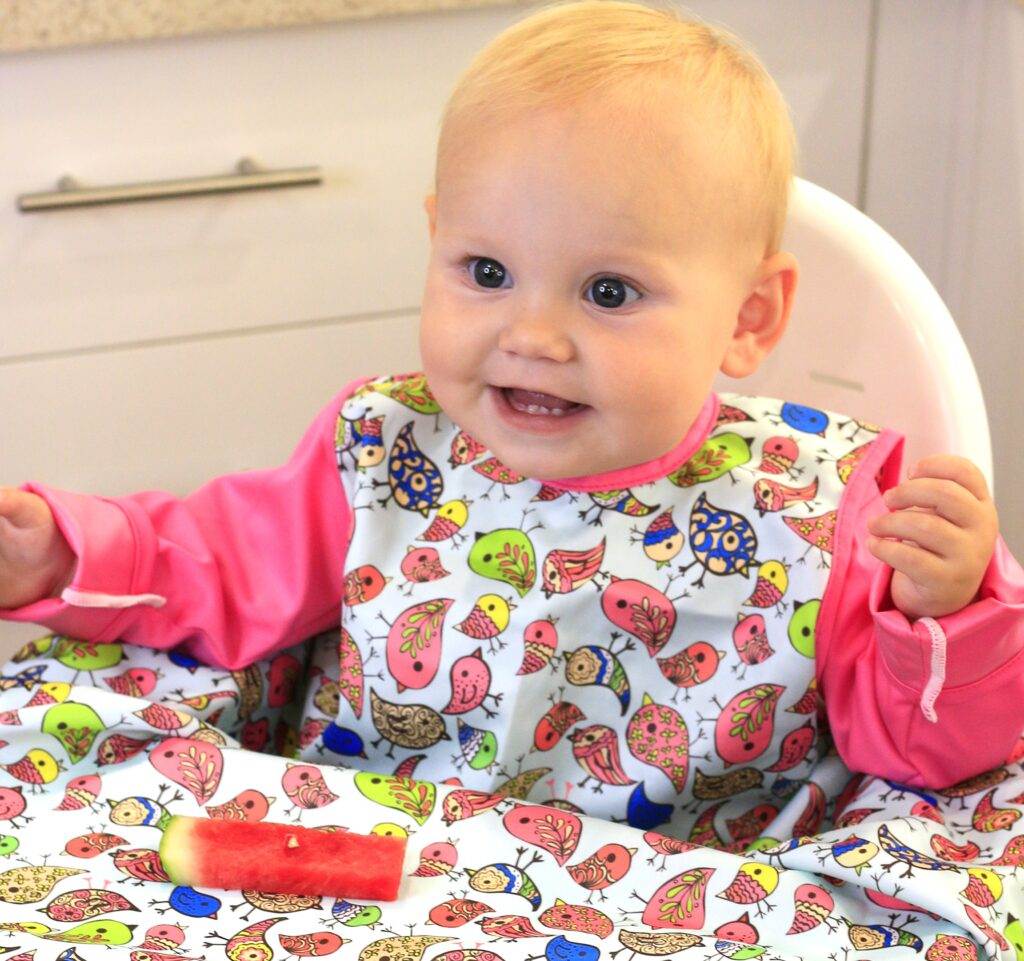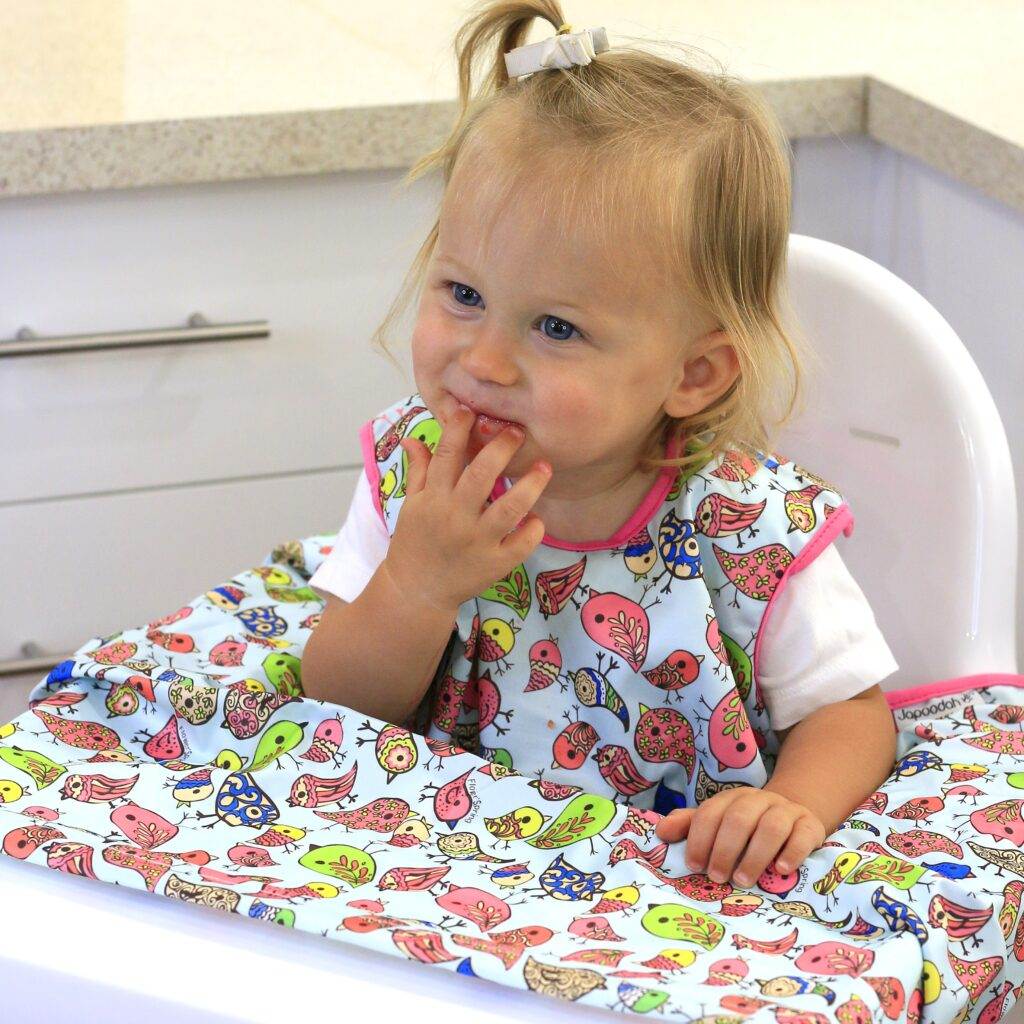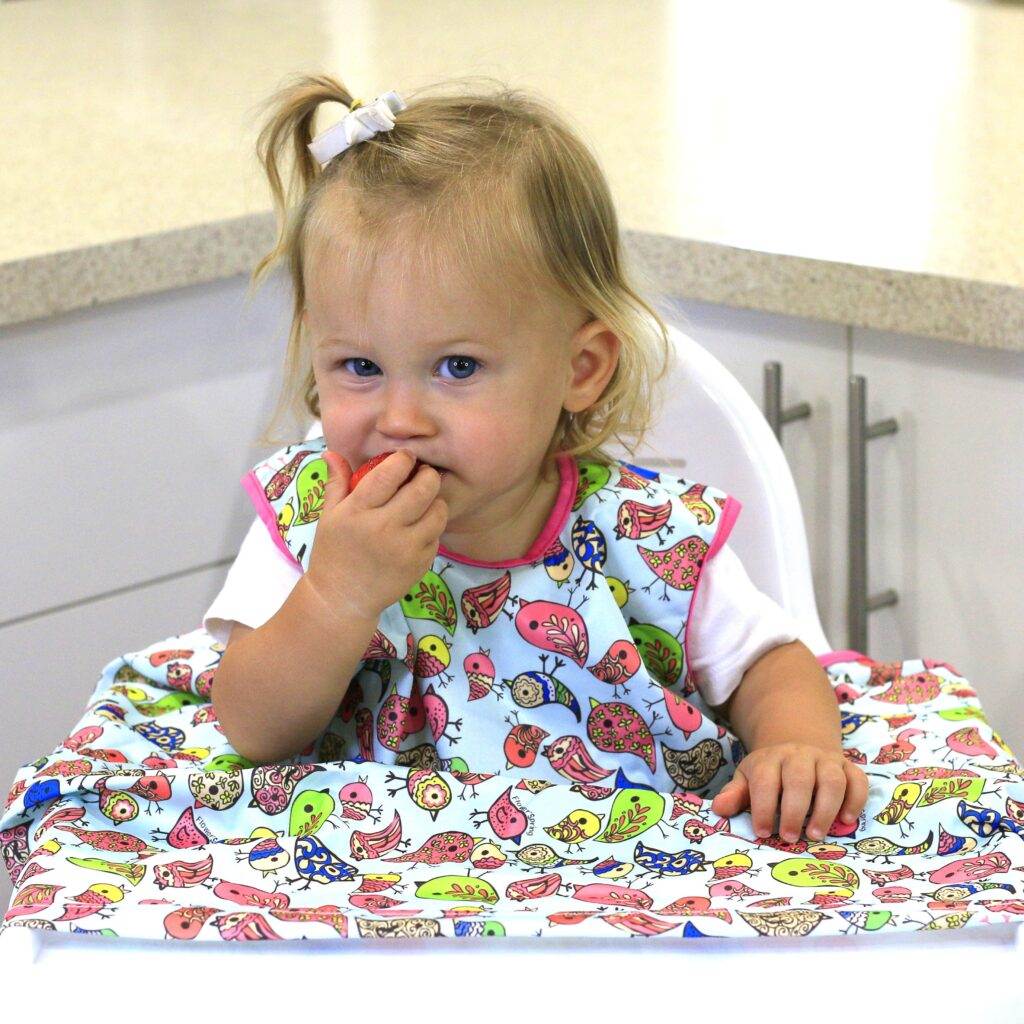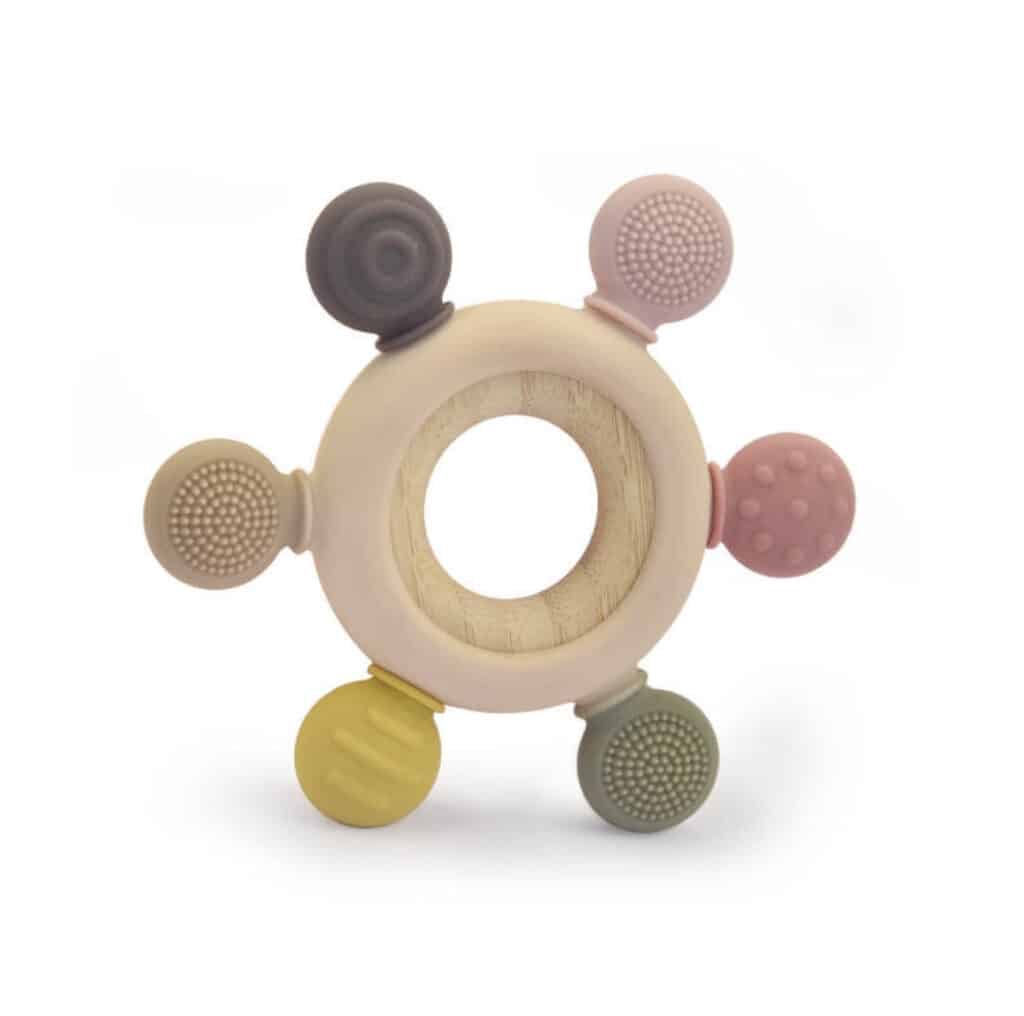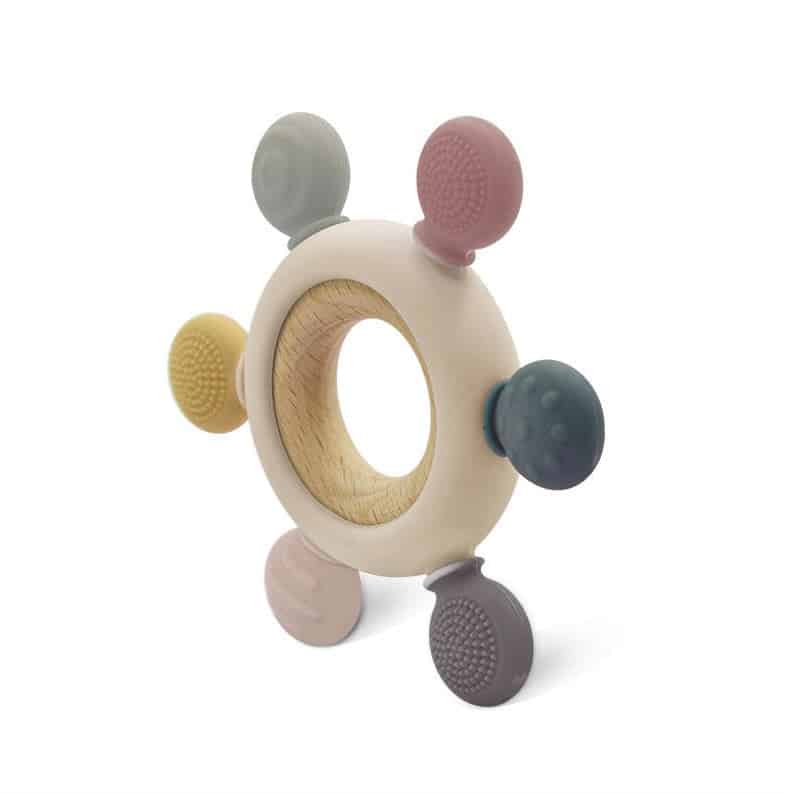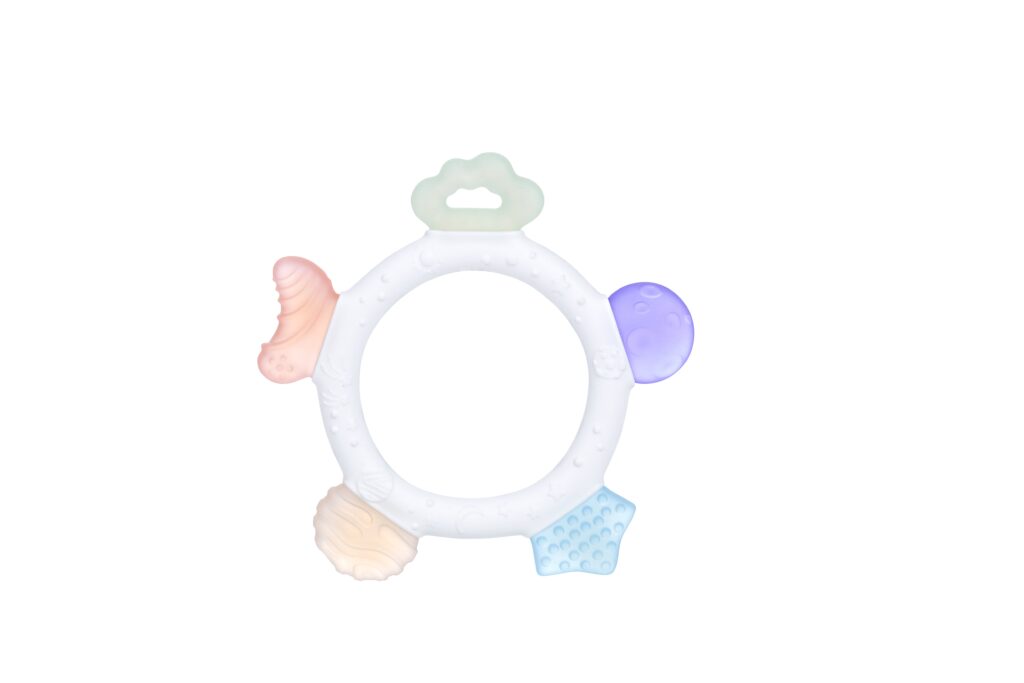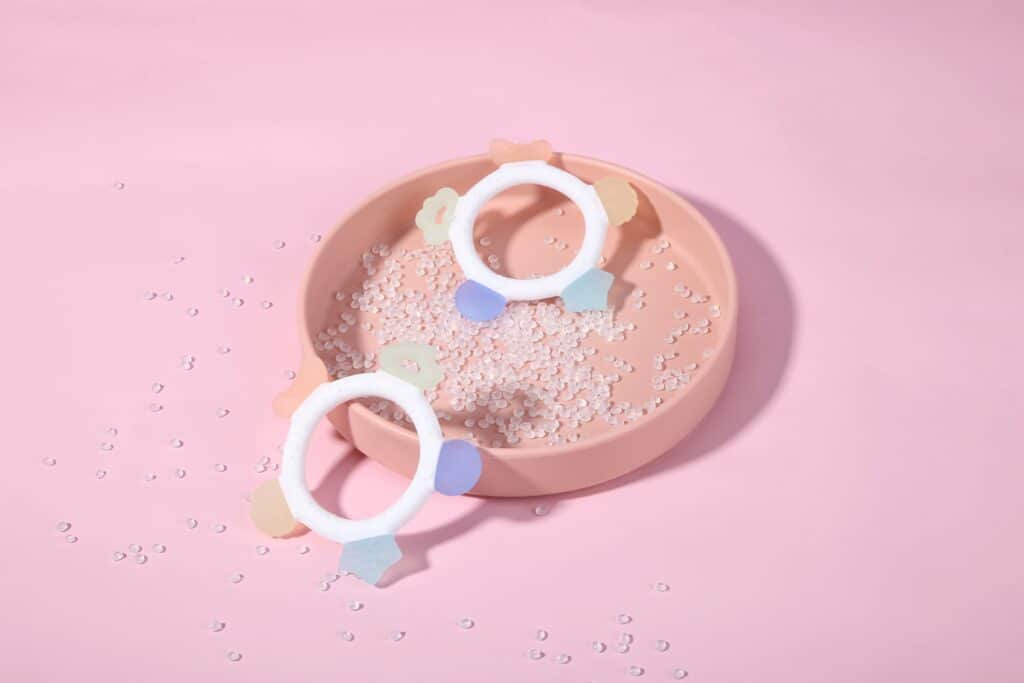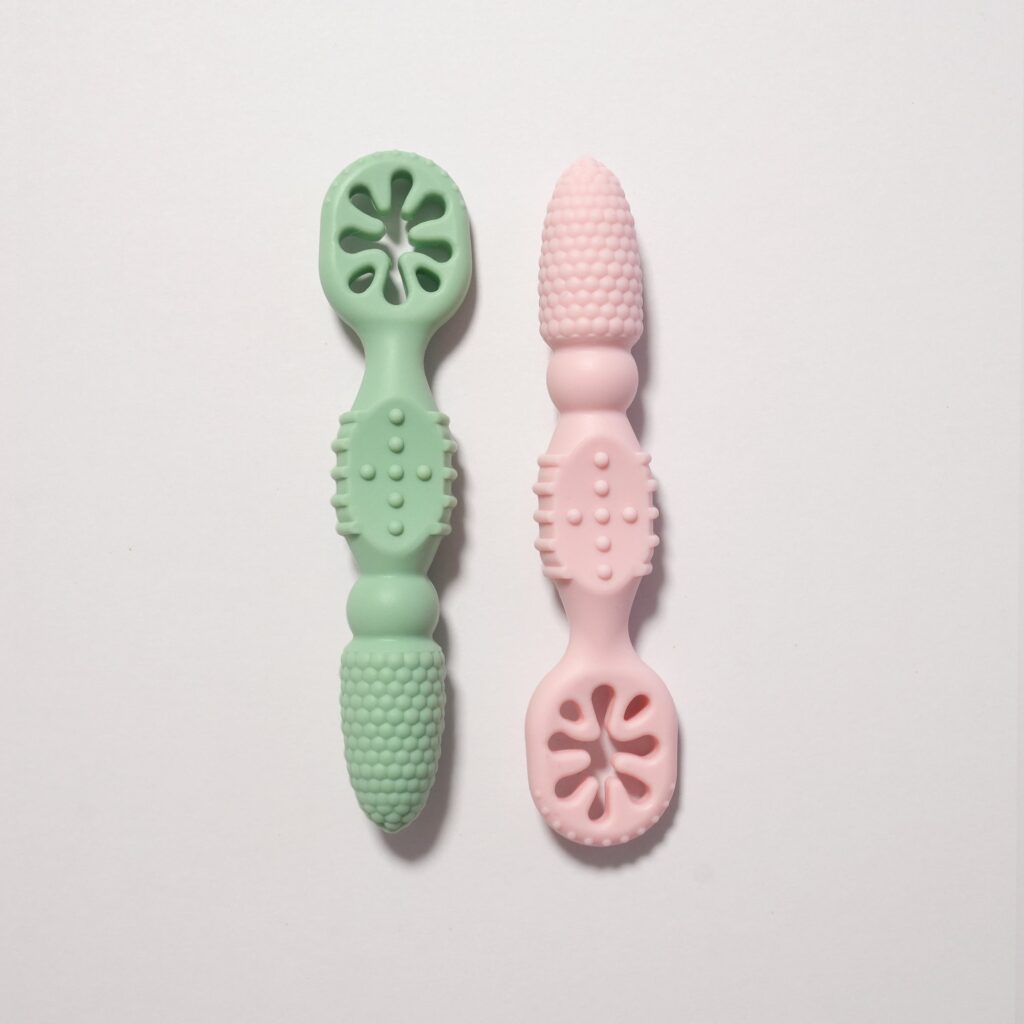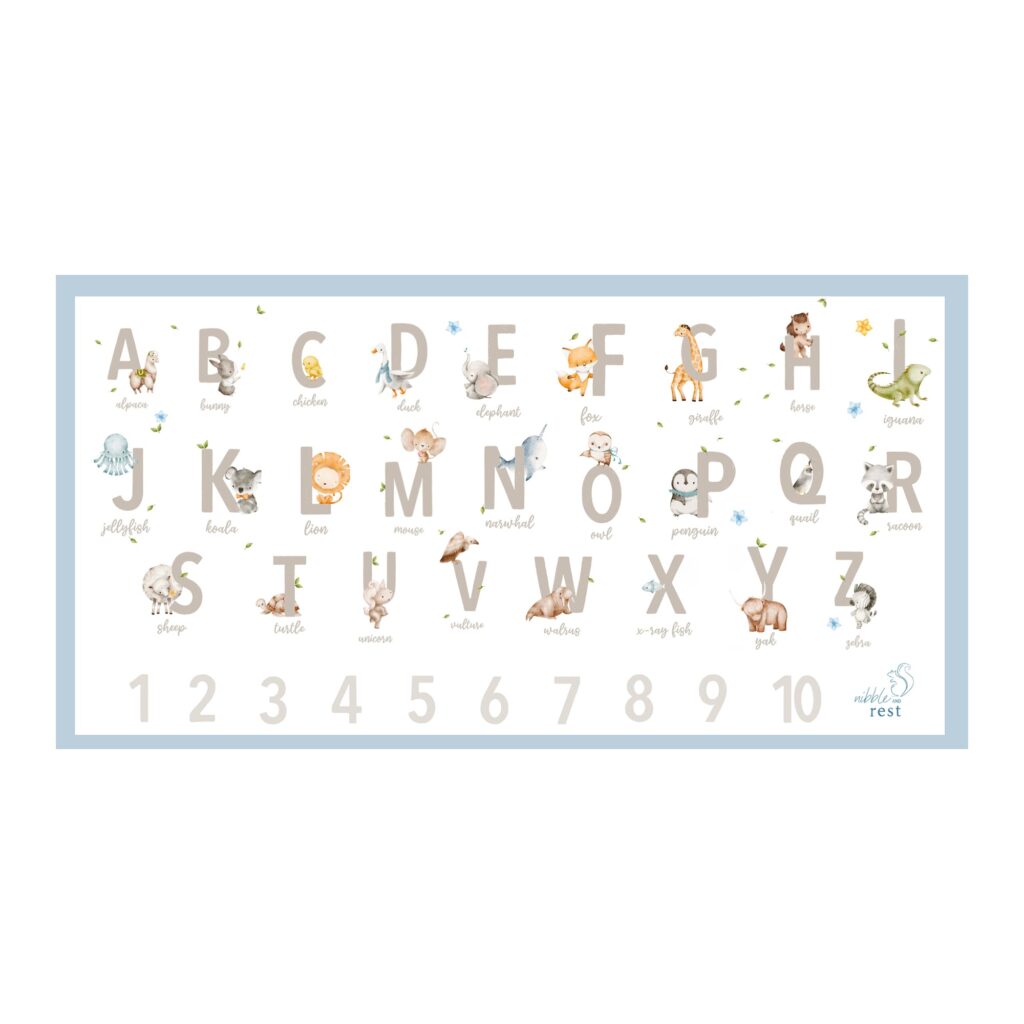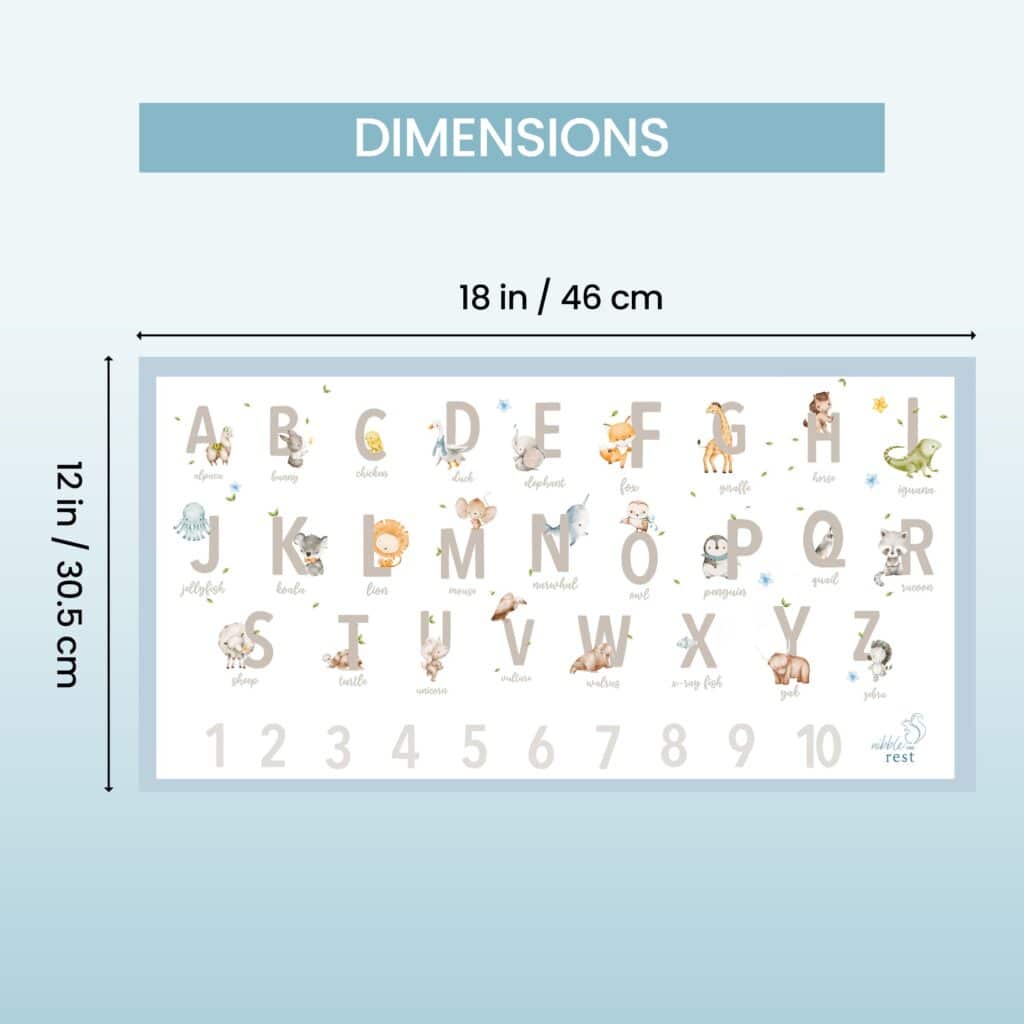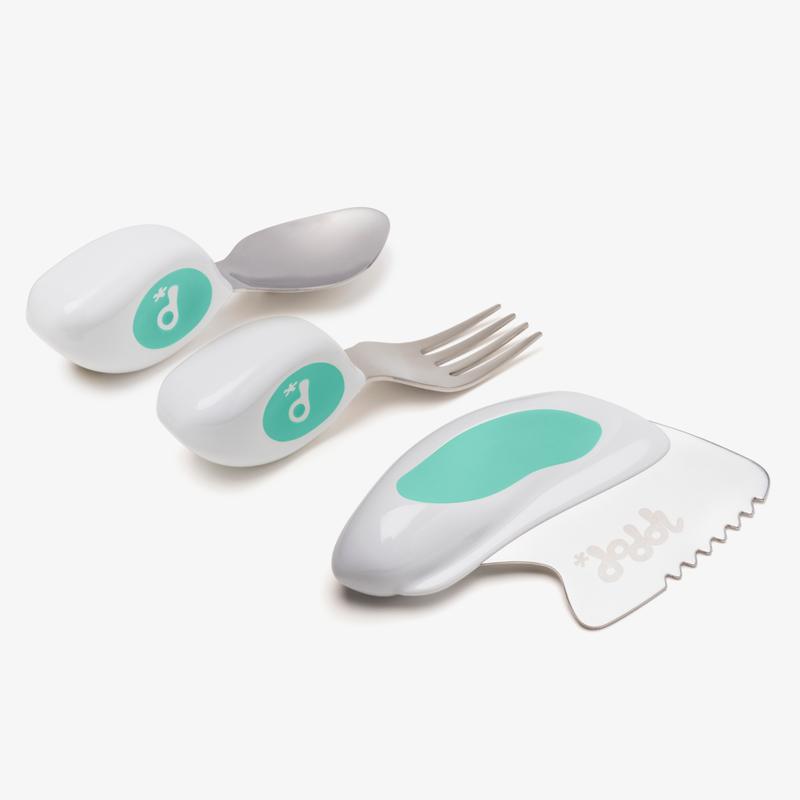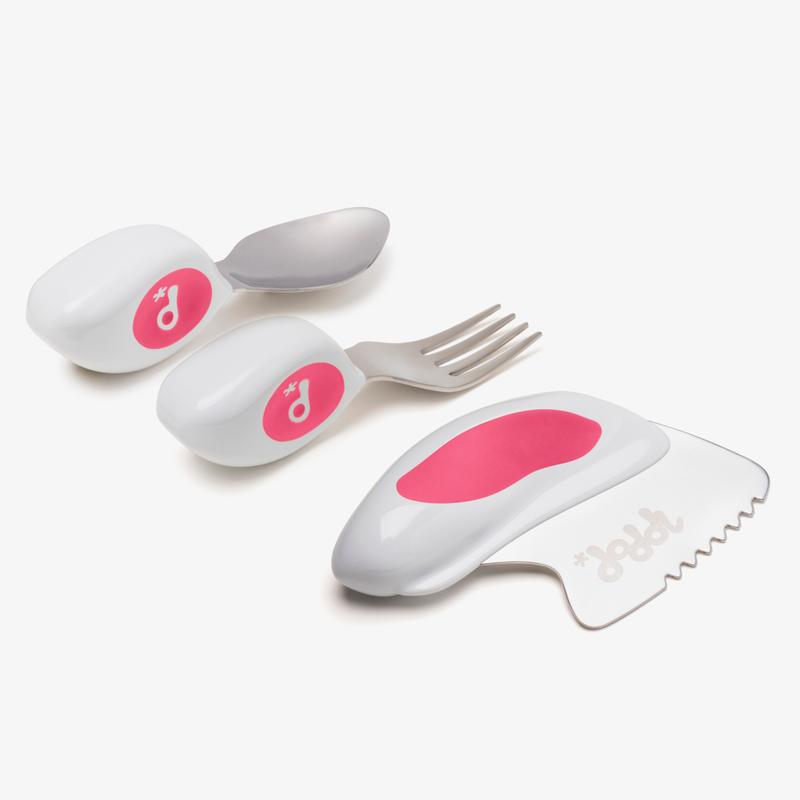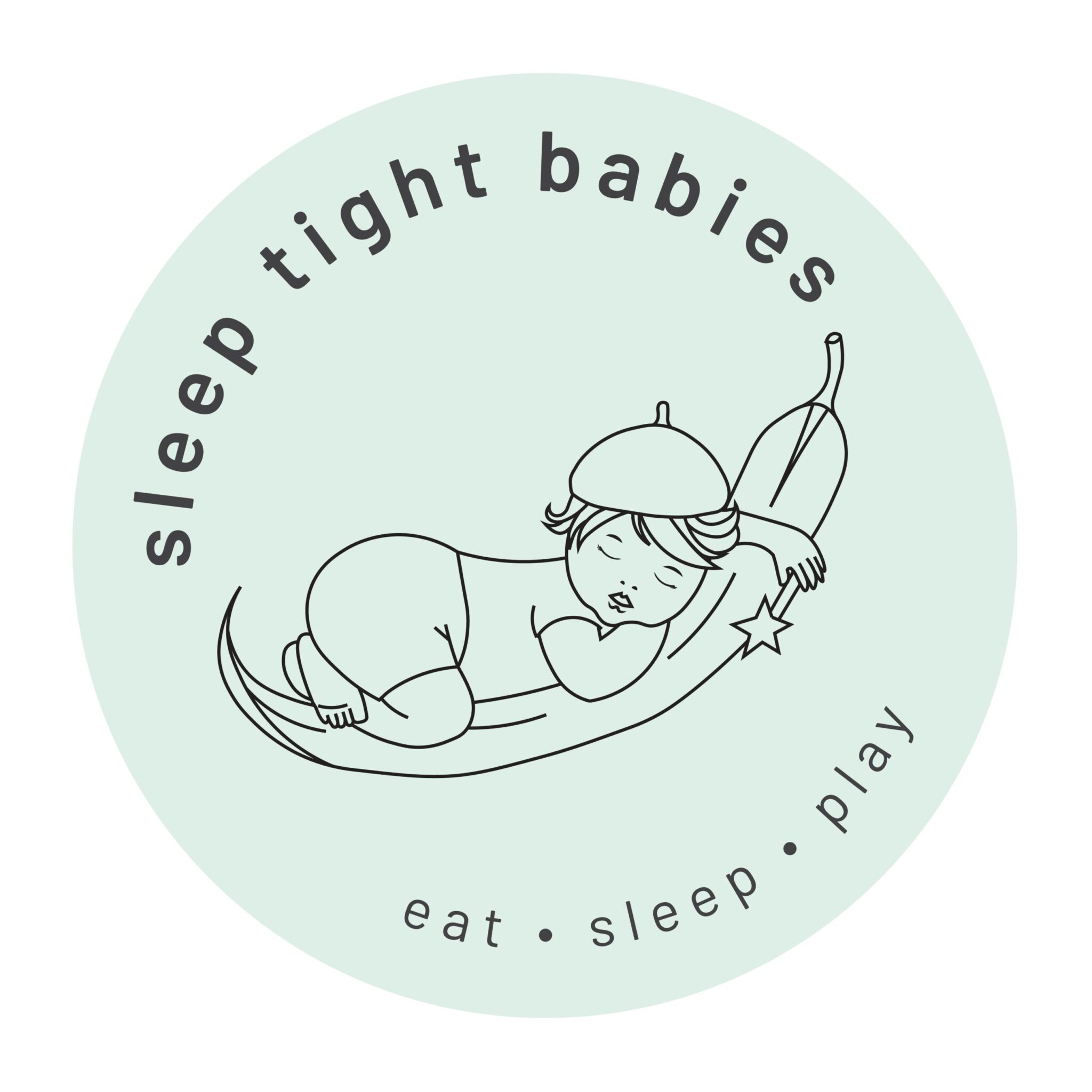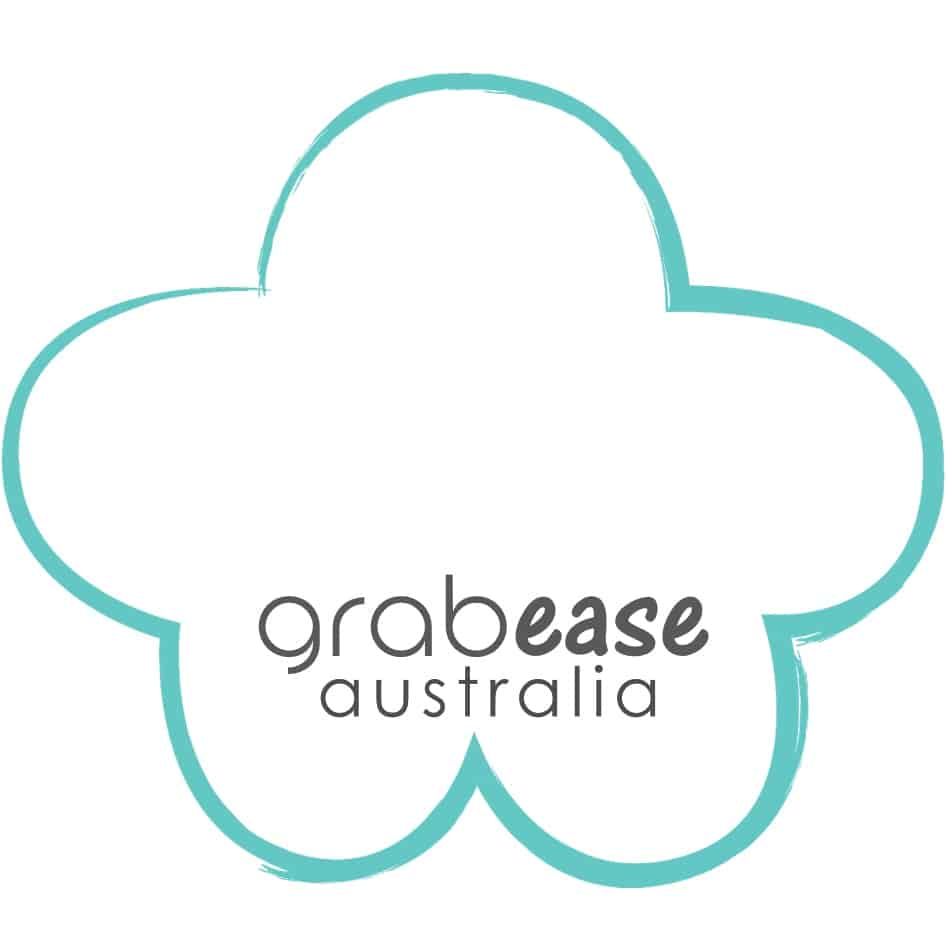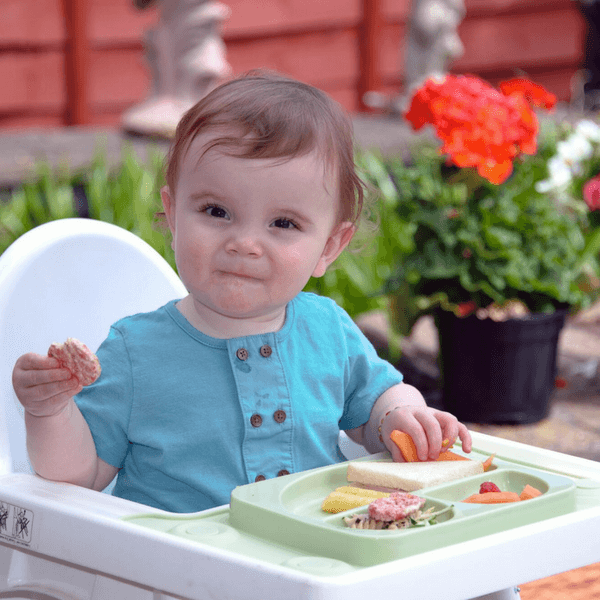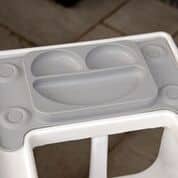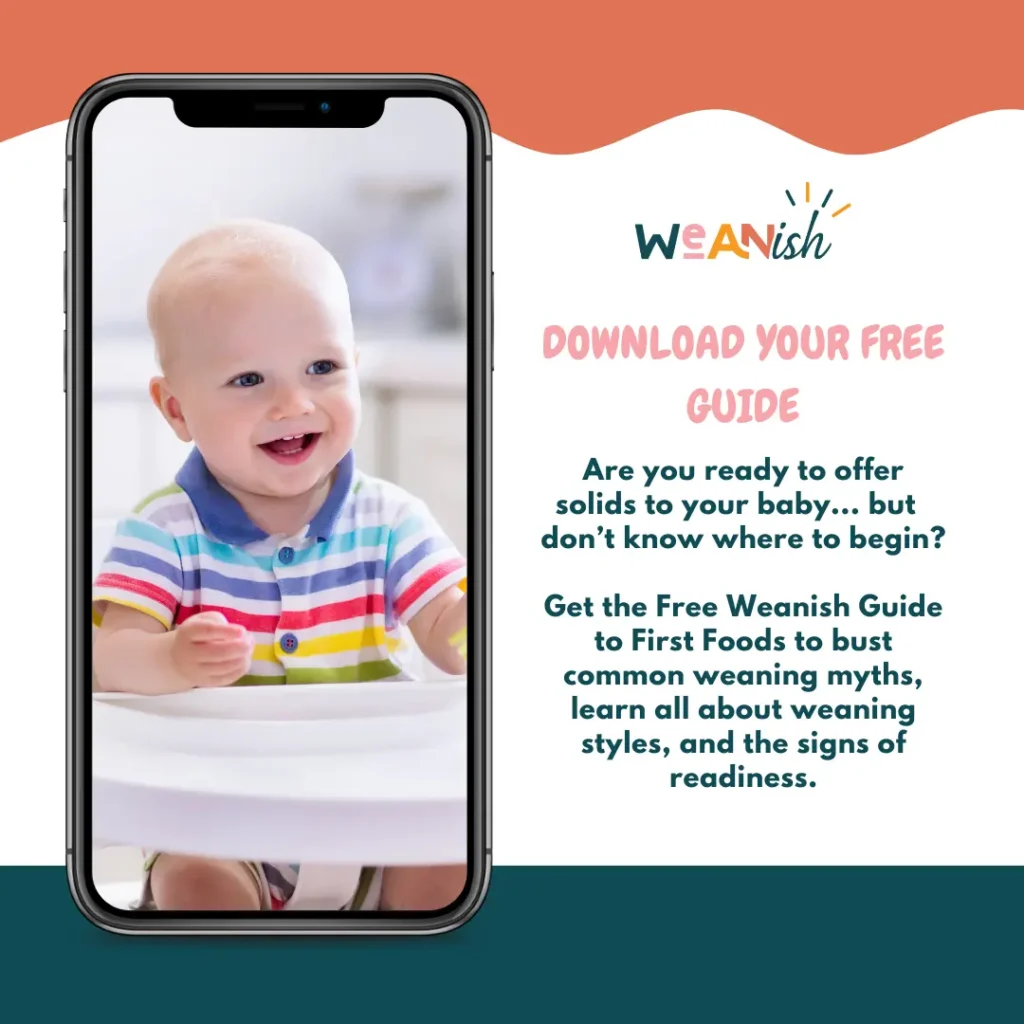What is combined feeding?
The combined approach to feeding your baby is where you adopt the two common feeding styles together – spoon feeding and baby led weaning.
Spoon feeding and baby led weaning have often been talked about in terms of “either/or” when starting solids, which is a shame. There are a lot of benefits to adopting both. The idea of combining the two as a “best of both worlds” is a fantastic way to give your baby a great start to weaning.
The merits I like to take from both approaches include
- helping your baby to self regulate food and appetite,
- encourage independence around eating,
- help develop skills around using utensils so your baby can feed themselves,
- can lead to less fussiness,
- encourage skills around chewing and most importantly –
- the opportunity to offer a variety of flavour, texture, taste and feel of food.
The importance of starting solids between 6-10 months
The early months of starting solids between 6 to 10 months – referred to as the window of opportunity – is crucial in how your baby determines their preference for tastes and textures. Offering a variety of textures with developmentally appropriate spoon-able meals alongside finger foods in the early months of weaning supports your baby’s chewing skills. This leads to confidence with adapting to different textured foods.
Research tells us that exposing our babies to lumpier textures by 9/10 months improves their ability to cope with more challenging foods and helps reduce the incidence of fussiness later on in childhood.
How to start a combined feeding approach
Start with some softly cooked finger foods and a purée or mash, and let your baby explore the food in their own time.
Starting with a combined approach helps expose your baby to different ways that food is eaten and the best part of all is you’re introducing variety from the start.
Adopting a combined approach to feeding can also lead to an earlier exposure to family style eating. Remember the idea is for your baby to be eating family meals by 1 year of age, so promoting foods which can be shared with the whole family e.g. meatballs, steamed vegetable fingers or pasta helps your baby to feel included. There’s less prep time for you too if you can offer some finger foods which are appropriately prepared with a sauce, dip or easily puréed component of your meal as a spoon feeding element that’s part of the meal you’re eating.
Offering finger foods
One of the great things about offering finger foods alongside a purée is your baby can explore how food actually looks, smells and tastes in its original form.
Take broccoli as an example, offering a floret of soft-cooked broccoli with a puréed version of broccoli allows your baby to explore the many different textures from head to stalk. Even if your baby doesn’t touch the broccoli, having it on their tray or table is an excellent way of building familiarity to the broad range of touch, taste and texture of food. You still have a puréed version of the food which your baby may be more comfortable with, but you’re helping to expand your baby’s exposure to food in different forms.
Gradually varying the texture in both purées and finger foods is an important step for your baby to cope with more challenging meals they will encounter as they progress through weaning in the first twelve months. Choosing a combined approach is an excellent way to achieve the varied food texture early and often.
One thing to keep in mind when you offer finger food of any kind, it needs to be softly cooked so it can easily be squished by your baby’s gums (boiled or steamed for 8 to 12 minutes depending on the food). Meat based finger foods e.g. koftas should be well cooked but easily broken apart.
Offering Pureès
Parents can sometimes feel anxious about offering a lumpier purée to their baby and may wait too long before increasing the texture of the purée.
Steadily increasing the texture from puree or mash to a minced or chopped meal is done gradually over a 3 to 4 month period.
There’s no need to go from 0 to 100 in a week, it’s about steadily changing the texture over months at a pace which is comfortable for you and your baby. Offering finger foods alongside a purée or mash helps bridge that gap if a purée texture isn’t progressed as quickly and allows your baby to build familiarity and manipulate different textures from the start.
Spoon Feeding
Some babies prefer to be spoon fed, though babies can still self-feed with a spoon, and some prefer to self-feed with finger foods. There will be babies who take to finger foods right away, whilst other babies will prefer a gentler route exploring textures.
My own baby, Hugo, was a defiant self-feeder from day one. He naturally took to finger foods and feeding himself from the beginning. However my first born was completely happy to be spoon fed.
It’s also very common for some babies to be happily spoon fed by a parent until around nine months and then switch over to self-feeding with the spoon literally overnight. Some days your baby may only want finger foods and other days just a purée or mash. The key is to still offer both, as the exposure plays an important role in building familiarity and acceptance of varying forms of food.
Introducing Cutlery
Using a spoon and fork with spoon feeding supports your baby to explore self-feeding too. Eating with a spoon and fork does take time to master but allowing your baby to practice from the start of weaning with utensils will help develop the coordination and skillset to use a spoon and fork independently in time. They may even master using a spoon before 12 months.
Remember as adults we eat with utensils and that’s why including spoons and forks early with foods in the form of purées or mashed food, is still a very important part of eating and exploring the wonderful world of food.
Book a consult with Abby
Starting solids is a momentous time for your bub (and you!). If you're unsure of how to start solids or have a specific question that needs answering, book a consult with Abby or grab one of her e-books, filled with guidelines, recipes and tips. Follow Abby at @mum_bub_nutrition on instagram or book a consult.

About the author
I have a Master's Degree in Nutrition from Deakin University and a Graduate Certificate in Public Health from Griffith University. I am also an associate nutritionist with the Nutrition Society of Australia.
My mission is to provide trusted, clear and simple nutrition information without the confusion.


